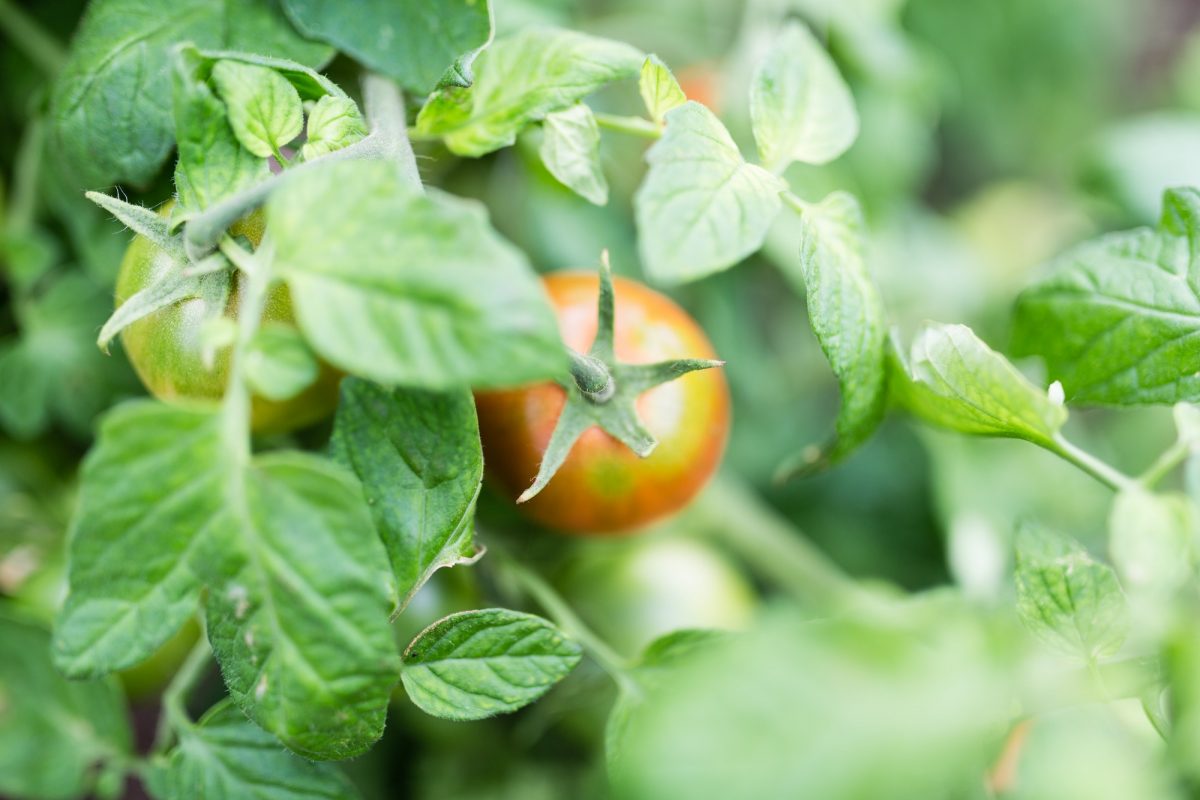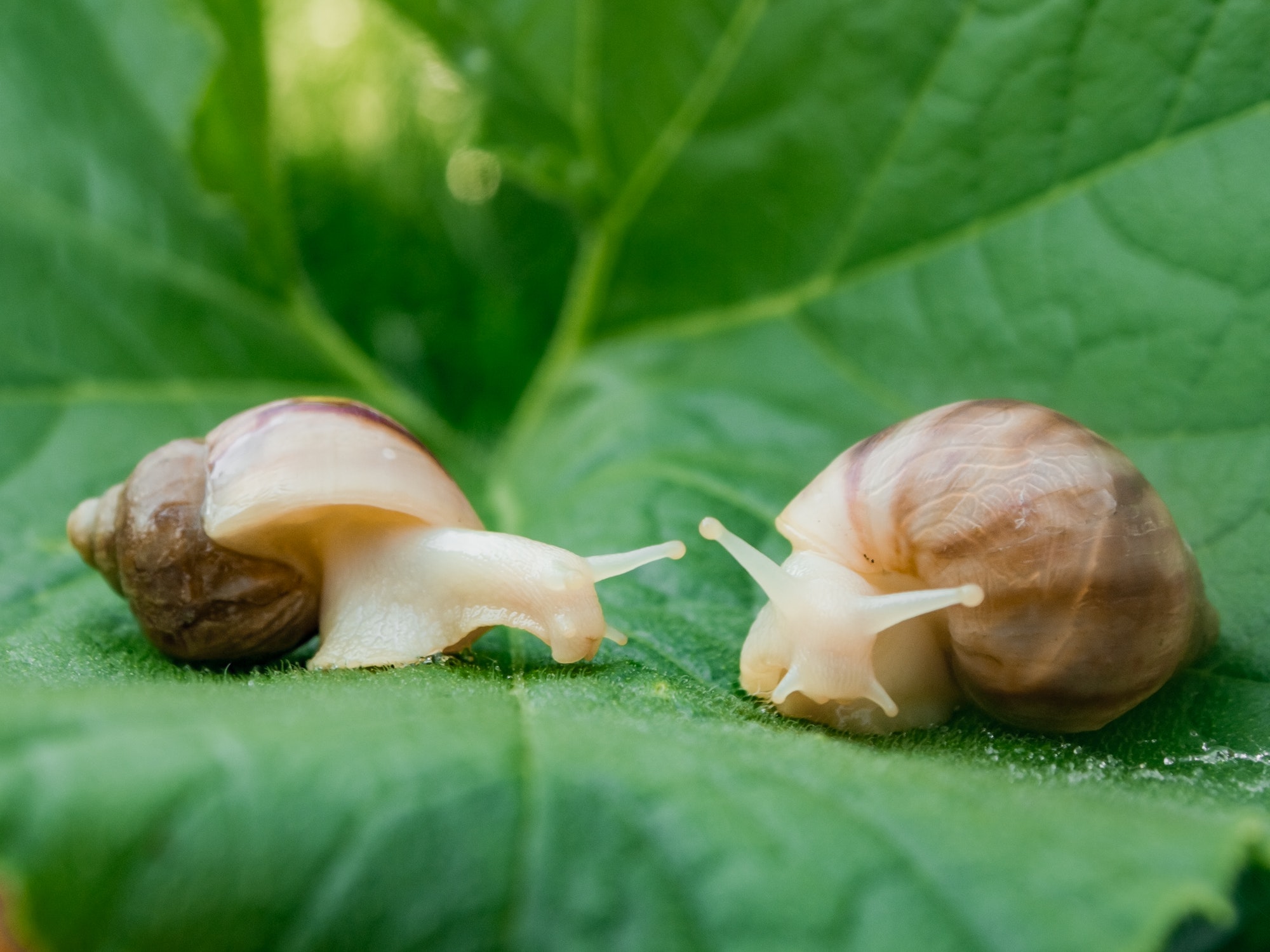There are many benefits to vegetable gardening. In addition to fresh and flavorful produce, it also offers the benefits of other gardening activities, such as promoting a varied and nutritious diet. Additionally, it reduces food expenses, and homegrown produce is much fresher than supermarket produce. As an added bonus, many homegrown vegetables are also healthier and more delicious than store-bought produce. So, get growing! Here are some tips for preparing the soil for gardening.
Soil moisture is vital to good crop yields. Leafy greens, for example, need between one and a half inches of water per week, depending on the type of soil and temperature. For best results, water your plants during the coolest part of the day, as this will help prevent diseases and pests. During the growing season, it’s best to rotate your crops every three years. By rotating your crops, you can improve soil quality and reduce the risk of plant diseases and insects.
Another garden pest is the tomato hornworm, a large green worm that consumes foliage and fruit. Horrible tomato hornworm eggs are laid by hummingbird moths, which are also common garden pests. Stinkbugs are shield-shaped bugs with a foul odor. They suck the juices from your plants and leave hard whitish spots under fruit. You can kill aphids with a high-pressure water spray. Insecticidal soaps are also effective at knocking these bugs off.
In addition to a garden of vegetables, you can plant leafy greens as early as the soil is workable. The soil should be workable enough so that a handful of soil crumbles when squeezed. You should also add organic soil amendments to the soil before planting. Controlling weeds is essential to getting high yields of quality greens, especially in the first four to six weeks after planting. But no matter how you plant your greens, it’s important to get a good start with your garden!
Tomatoes are the most common vegetable grown by home gardeners in Missouri, as they only need a small space and bear fruit throughout the growing season. Not only are they easy to grow, but they’re also widely adapted and have many culinary uses. The various varieties available can be categorized based on their intended use. There are slicing varieties for fresh table consumption, and processing ones for canning. Also, make sure to consider the varieties that are disease-resistant.
Tomatoes should be spaced properly in order to maximize fruit development. For large vine varieties, you should trim off side shoots when planting to maximize fruit development. Then, prune the smallest, strongest seedlings immediately after emergence. For those who don’t have the space for an entire row of tomatoes, consider using climbing vegetables. Aside from saving space, these plants are easy to grow and harvest. This is an excellent way to add variety to your garden.

